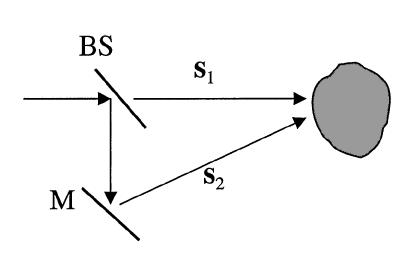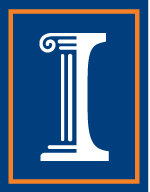Overview:
Three-dimensional microscopy is
essential in the fields of modern medicine and biology as well as
high-tech manufacturing. Current techniques such as confocal microscopy
and optical coherence tomography can produce three-dimensional data, but
fail to produce the true reconstruction of the scattering object.
Traditional diffraction tomography produces a true reconstruction of the
scattered object, but requires extensive knowledge of phase and
amplitude of the scattering field, which becomes more difficult as the
frequency of the probe field increases. To address these deficiencies we
are exploring a new tomographic imaging system based on Optical Power
Extinction Tomography (OPET) that is capable of studying
semi-transparent scattering objects. Our initial experiments will be
limited to 2D applications and provide proof of principle that an OPET
imaging system operates as theory predicts. One immediate application
for the 2D system is the cross-sectional imaging of optical fibers. In
the long term, we plan to build a larger and more refined instrument
with full angular control of both beams. This will eventually allow for
full three-dimensional reconstruction of a scattering object.

FIG. 1. Scheme for generating two mutually coherent
beams needed to determin the data function. Two identical
beams are generated at the beam splitter (BS). As shown
on our Experiments page we
use fibers to deliver the beams to the sample instead of
the mirrors shown here.
|
References:
- P S Carney and E Wolf, "Power-extinction diffraction
tomography with partially coherent light," Opt. Lett. 26, 1770-1772
(2001). PDF
- P S Carney, E Wolf, and G S Agarwal, "Diffraction tomography
using power extinction measurements," J. Opt. Soc. Am. A 16, 2643-2648
(1999). PDF
- P S Carney, E Wolf, and G S Agarwal, "Statistical
generalizations of the optical cross-section theorem with application to
inverse scattering," J. Opt. Soc. Am. A 14, 3366-3371 (1997). PDF
This project is being funded by a Beckman Research Award and an Airforce MURI grant.
See theFunding page for more details
|
